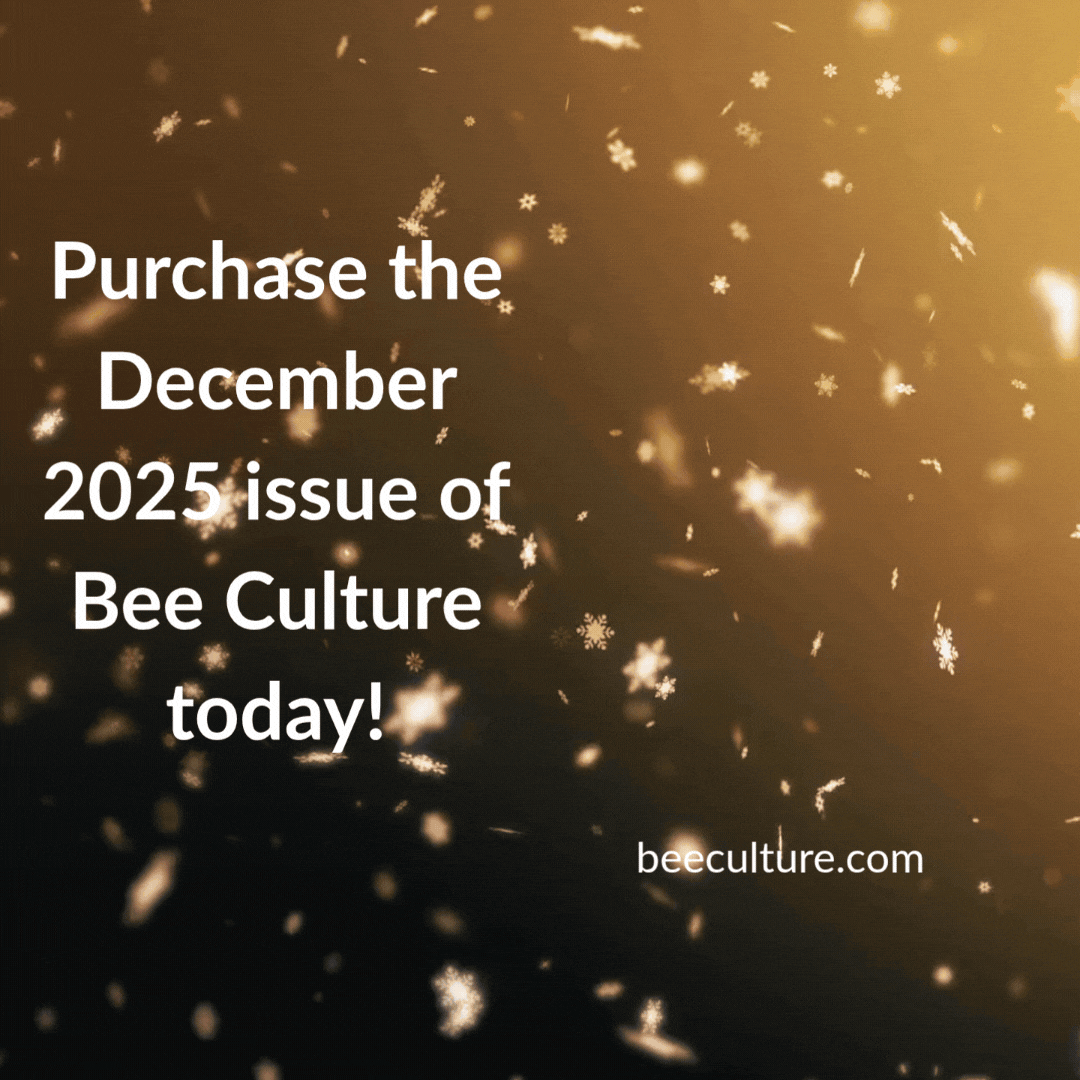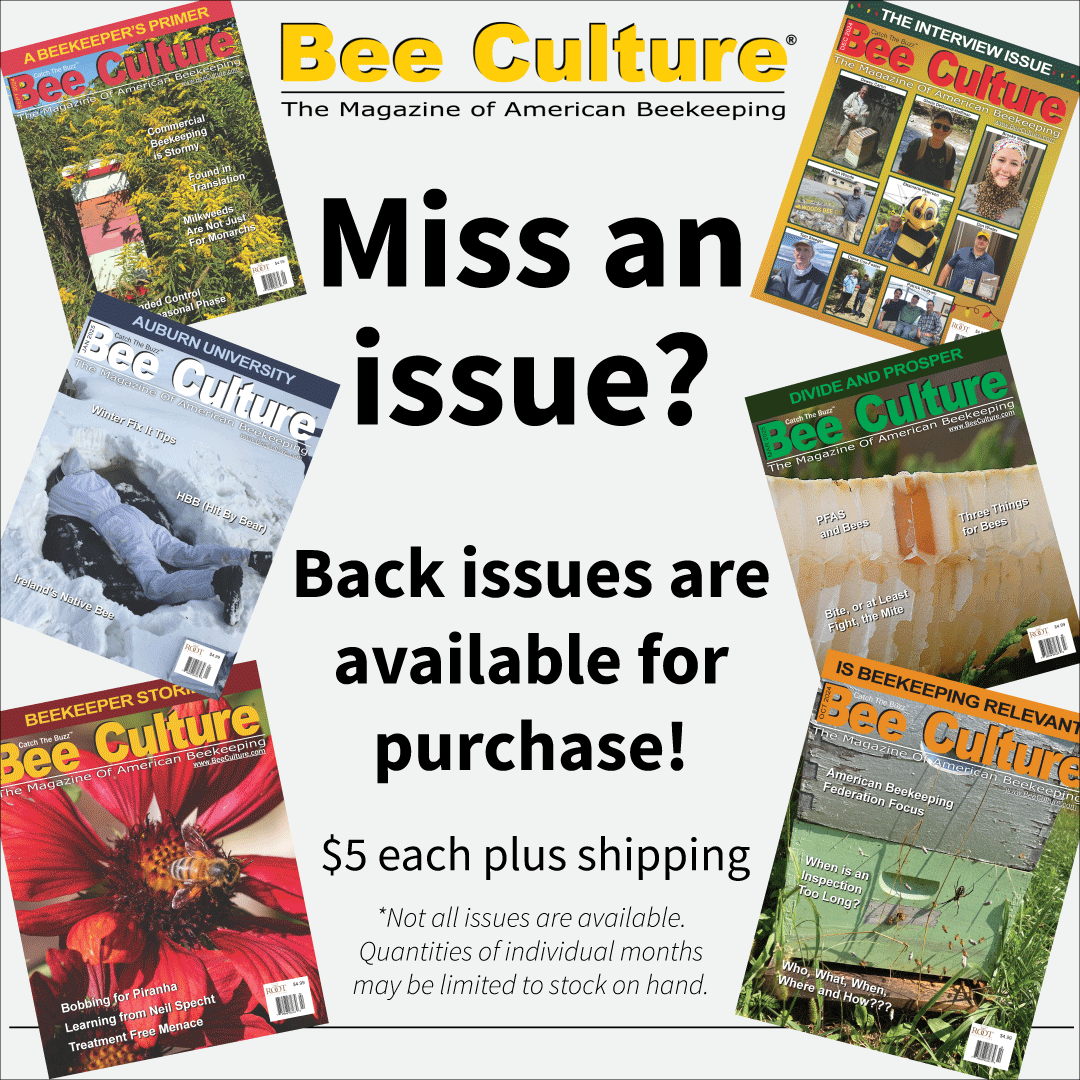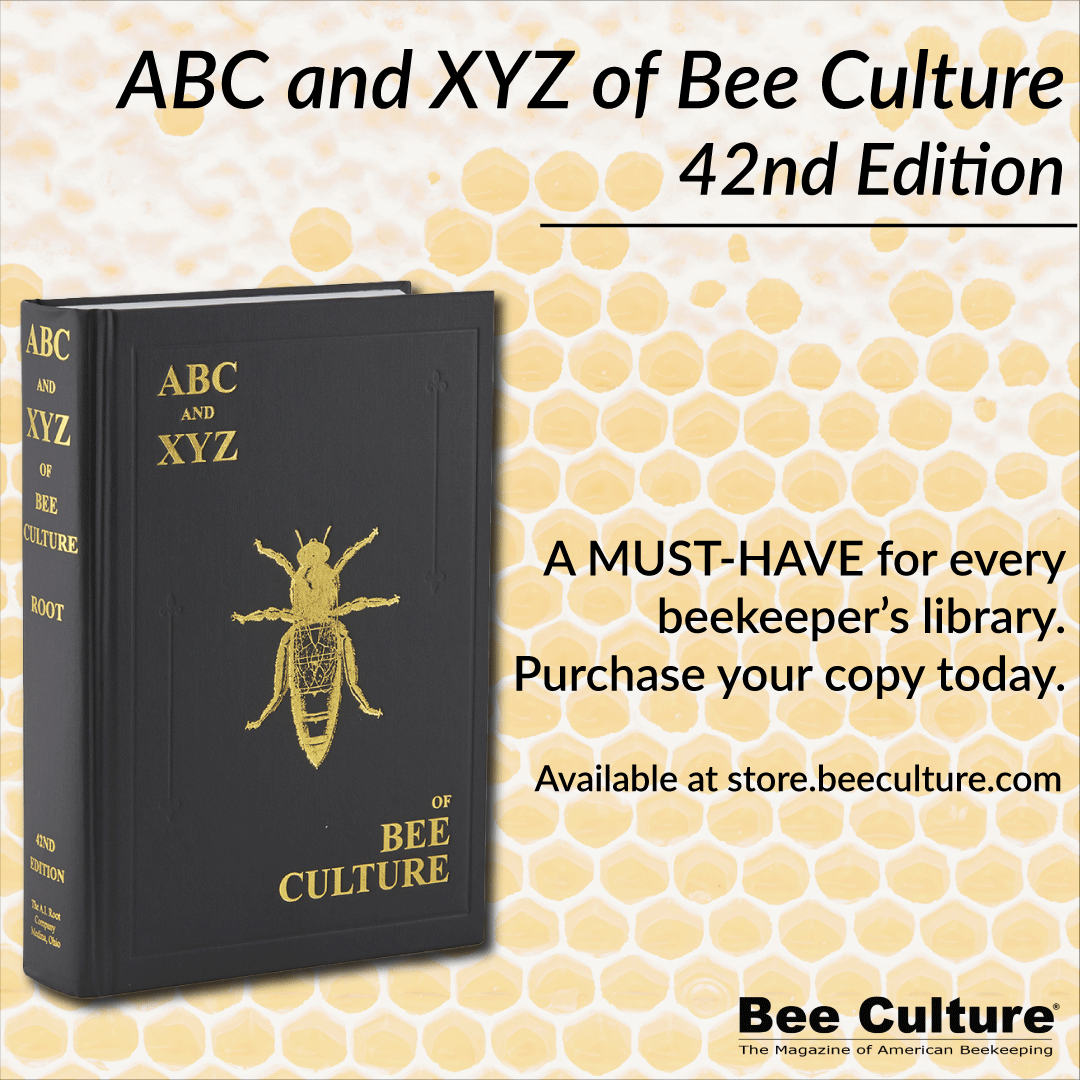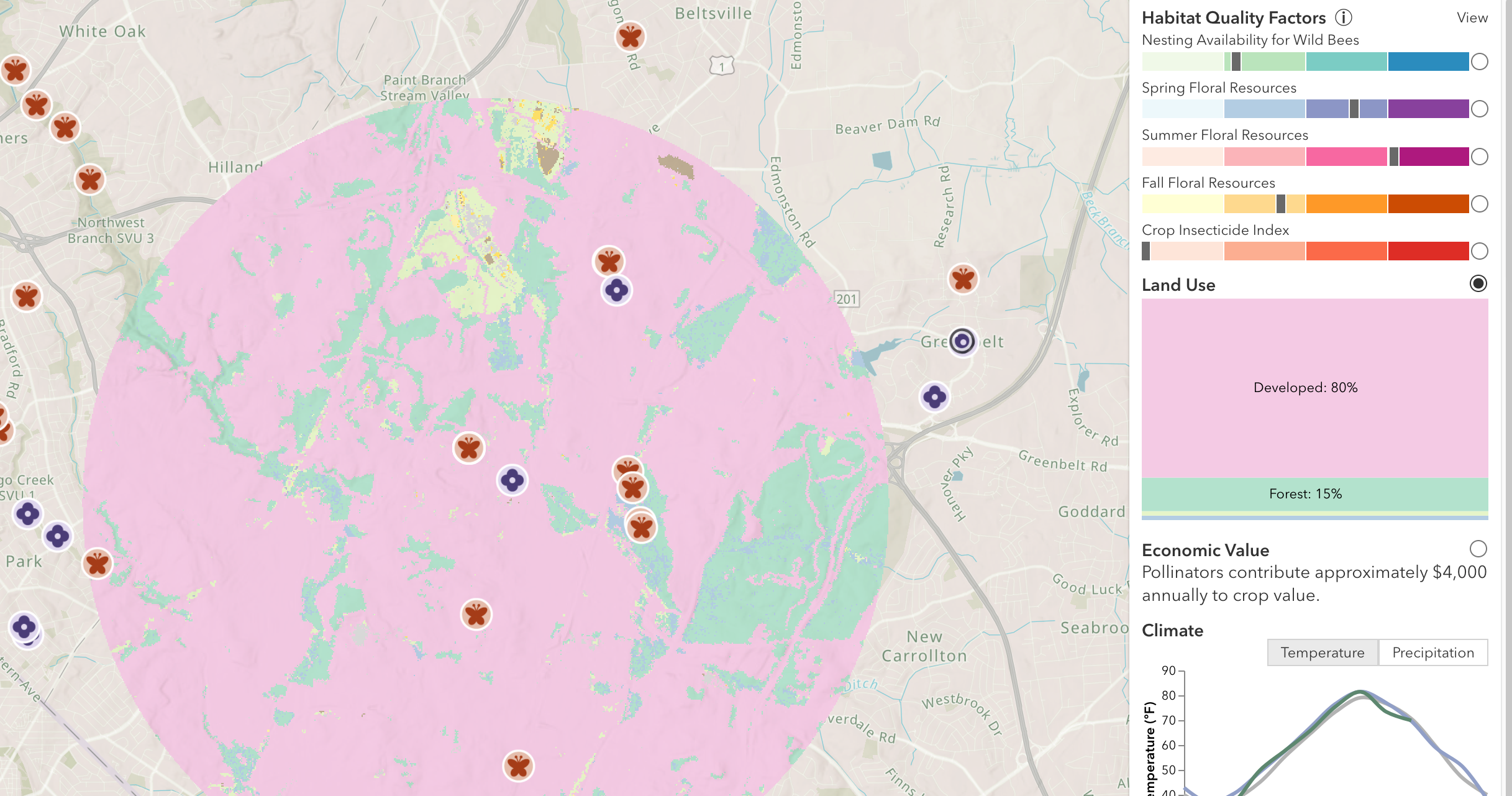By: Doug Galloway
This article originally appeared in the Spring 2018 issue of BEEKeeping Your First Three Years
The Mistakes I’ve Made!
When I started in the NC Master Beekeeper Program, (MBP), I knew I had a lot to learn about beekeeping. I still do. What I didn’t know was how it would direct me to areas that I didn’t know, I didn’t know. I didn’t recognize the inadequate way I was dealing with the safety and responsibility of applying, handling, storing and disposing of those pesticides I find important to keep my bees healthy. Most beekeepers acknowledge that the best course of action to keep our bees healthy is to promote hygienic behavior, allowing our bees to succeed either by resisting a disease or pest, or coexisting with them. Until the time comes when hygienic behavior is predictable, many of us see the path to sustaining healthy productive bees requires treating them with pesticides when their condition dictates it is necessary. The NC Pesticide Applicator Certification Core Manual states, “A pesticide is any substance that is used to kill a pest or prevent or reduce the damage it may cause”. Herbicides, Insecticides, Fungicides, Miticides, Bactericide, plus others are all considered Pesticides.
As a beginning beekeeper, my many mentors, to whom I am so grateful, shared their approaches to keeping healthy bees. I listen and then chose what I thought best for my bees and my situation. Sadly, although I read the labels regarding application strength and/or length of time/exposure for treatment, I paid virtually no attention to the effect the pesticide being applied to the bees might have on me or the environment. Awareness to my previous neglect came from the education I received while studying for the Private Pesticide Applicators license, one of the many choices of Sub-Specialties I could pursue and hoped to achieve working on the MBP.
The Private Applicators License requirements are rather simple. Go on line to www.NCagr.gov/spcap/pesticides/index.htm. From this page you can order your study guide going to the bottom of the center page choice box and selecting “Pesticide Exam Study Materials” and schedule your exam by choosing the “Online Exam Registration” box. The cost is minimal and your license is good for three years with a one day ongoing education requirement for renewal and of course a small fee.
The benefit of doing this, whether you decide to actually get you license or not, is that you become aware of the need to protect yourself, family and employees, from the risks associated with exposure to the pesticides we are now using to keep our bees healthy.
Having read the Core Manual a couple of times I am clearly no expert, but I am now much more aware of the importance of minimizing my exposure. The EPA has classified pesticides as either general use or restricted use. If you can buy it without a license, it is general use. Regardless of being restricted or general use, the label statements have the force of Law. “Anyone using a pesticide in a manner inconsistent with the labeling may be subject to civil and/or criminal penalties1.”
Last year at the summer meeting in Hickory, NC, Prof. Marion D. Ellis, PhD, University of Nebraska, gave an excellent talk about treating for Varroa. He shared his experience of first treating Varroa after the last nectar flow and a latter treatment when no brood was present using Oxalic Acid vapor. I had been using Apiguard for my Varroa treatment, and decided to add the Oxalic Acid vapor treatment based upon Dr. Ellis’ experience and instructions.
In early August I began treating with Apiguard. Though I followed the instructions for treatment, I paid little attention to the need for safety. I installed the Thymol trays using my bee gloves, followed up by removing two week later and installing the second tray which I removed in another two weeks. I left the used, empty trays in the back of my farm vehicle with the intent on collecting them and throwing them away when I got around to it. Not a very good plan.
In September I received my NC Pesticide Applicator Certification Core Manual and began to read. It is never easy to recognize how sloppy and to some extent, irresponsible your conduct is. So after reading once and chastising myself, I read it again taking notes and chose to set a higher standard for the way I handled the pesticides I was using.
Oxalic Acid Vapor is something that many people are now using for protecting our honey bees from Varroa destructor. The Label on Oxalic Acid as sold by a bee supply store or found on the internet is clear, very specific precautions are necessary to protect you or your employees during the application. “Personal Protective Equipment (PPE): Handlers and Applicators who apply product by the Vaporizer Method must wear: Long-sleeve shirt and long pants, socks and shoes, protective gloves, protective eyewear (goggles or face shield), Half-face respirator with cartridge and/or particulate filter2“. These instructions are followed by “User Safety Requirements”, which covers your conduct and clean up of your PPE. There is a lot more on the label and everyone who is treating with any pesticide, should read the Pesticide Label and comply with what is written there. Not only is it the law, but it is there for your protection, the protection of the environment and the proper application of the pesticide to treat the pest and not damage the host, i.e.: your honey bees.
Since my discovery, I have read lots of Pesticide labels and have been surprised by many facts I had not previously considered. Those essential oil based pesticides like Apiguard, Api Life Var and Mite-A-Thol, have extensive pesticide labels online that point out the extreme need for following label instructions. There are four signal words to identify the level of risk a pesticide offer. From the highest to the lowest risk they are “Danger-Poison, Danger, Warning and Caution”. You might be surprised what your treatments risk level is. Apiguard, Api Life Var and Mite-A-Thol are all “Danger”. ApiVar (Amitraz) risk signal word is “Warning”, while Oxalic Acids and Mite Away Quick Strips risk signal word is “Danger-Poison”.
The bottom line is: read the label and follow its instructions. Don’t be creative with your PPE, use what is instructed on the label, don’t smell or taste the pesticide and dispose of pesticide containers per the label instructions. Believe the EPA and make sure the only ones treated are your bees.
There are many sources for PPE on the internet.
Most suppliers will not give advice as to what you need, it is up to you. One area I researched quite a bit was which cartridge to buy for the half mask respirator I use for Oxalic Acid vapor treatments. As Oxalic Acid vapor is an organic vapor/acid gas, I chose a cartridge that was recommended in the literature for that application. It has a built in particulate filter designated P100.
_______________
1 NC Pesticide Applicator Certification Core Manual, Wayne G. Buhler, PH.D. NC State University.
2 Oxalic Acid Dihydrate pesticide label, EPA Reg. No. 91266-1-91832.









